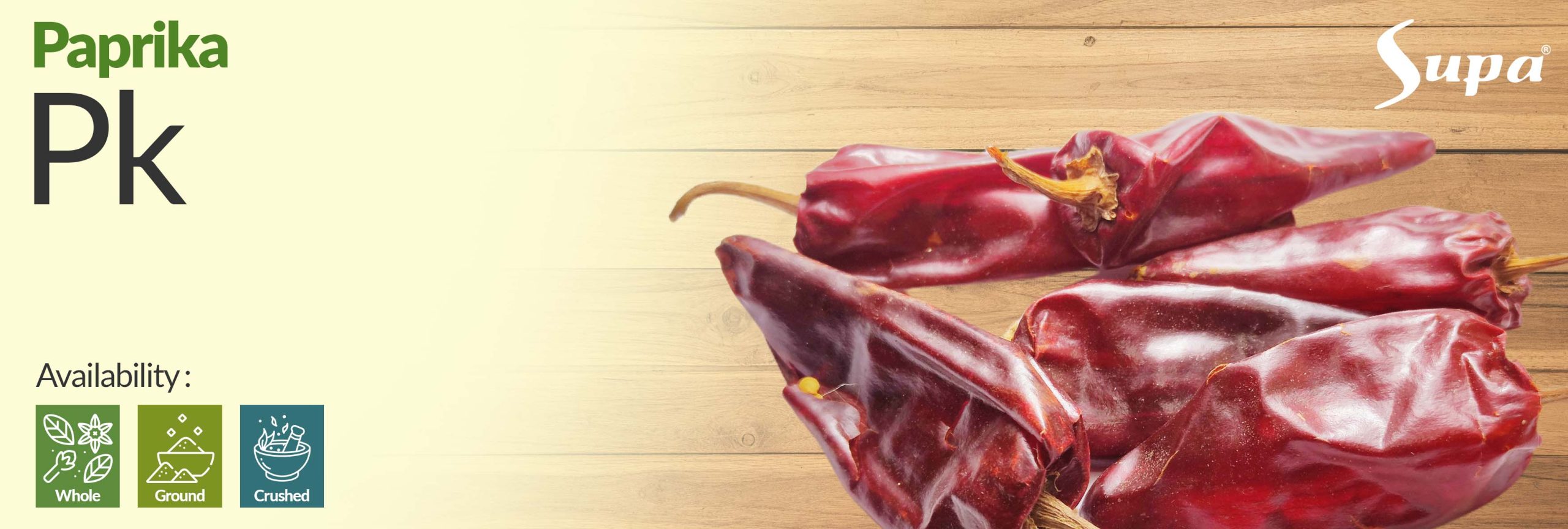
Capsicum peppers, a diverse and essential ingredient in global cuisine, are believed to have originated in Mexico. Recent archaeological discoveries from caves suggest that these peppers were consumed as early as 7000 BCE. In a pivotal moment during the late 15th century CE, the renowned explorer Christopher Columbus transported peppers from the Caribbean back to Europe. This introduction marked the beginning of a culinary revolution as Spanish monks engaged in innovative practices, such as drying and grinding the peppers. One of the most esteemed examples of this transformation is the production of smoked paprika in the La Vera valley of Extremadura, where centuries-old methods are employed to create this aromatic spice.
The Ottoman Turks played a significant role in shaping the global spread of peppers. They introduced peppers to Hungary, a move that would forever alter Hungarian cuisine. By the mid-1800s, paprika had firmly taken root in Hungarian culture, becoming their national spice and a central element in dishes like goulash, a hearty meat soup. This dynamic journey of paprika is further accentuated by the efforts of French chef Georges Escoffier, who is credited with expanding its reach beyond Hungary. In 1879, Escoffier imported paprika from Hungary and featured dishes like “poulet au paprika” on the menu of his celebrated Monte Carlo restaurant, thus introducing the spice to a wider audience and firmly embedding it in the culinary lexicon.
The trajectory of capsicum peppers, from their ancient beginnings in Mexican caves to their integration into diverse culinary traditions across the globe, encapsulates the rich tapestry of human history and cultural exchange. These peppers have evolved from a local ingredient into a global sensation, highlighting the power of exploration, trade, and innovation in shaping the way we experience and savor flavors from different corners of the world.
Flavor: The flavor of paprika can range from mild and sweet to slightly pungent or even smoky, depending on the variety and processing methods. Sweet paprika has a mild and slightly sweet flavor with minimal heat, while other types like hot or smoked paprika can have varying levels of spiciness and smokiness. Smoked paprika is made from peppers that have been smoked and dried, giving it a distinct smoky flavor. Taste: The taste of paprika is often influenced by its flavor profile. Sweet paprika offers a gentle sweetness that enhances the overall taste of a dish without adding significant heat. Hot paprika adds spiciness and heat to dishes, making it suitable for those who enjoy a kick of spice. Smoked paprika contributes a rich smokiness that can elevate the taste of both savory and slightly sweet dishes. Aroma: The aroma of paprika is generally warm, earthy, and slightly sweet. Depending on the type of paprika and its processing, there might be additional notes of smokiness or spiciness. Smoked paprika, in particular, has a strong and enticing smoky aroma that can instantly enhance the sensory experience of a dish.
Culinary Seasoning: Paprika is used as a flavoring agent in cooking, adding a mild, slightly sweet, and smoky taste to dishes. It is a key ingredient in many recipes, such as stews, soups, sauces, and marinades, particularly in Hungarian, Spanish, and Eastern European cuisines. Colorful Garnish: Paprika's rich red color makes it an appealing garnish for both visual and flavor enhancement. It can be sprinkled on top of dishes, like deviled eggs or potato salads, to add a pop of color and a hint of smokiness. Seasoning Meats: Paprika is often used as a rub or seasoning for meats, poultry, and seafood. It can be mixed with other spices to create flavorful blends for grilling, roasting, or pan-frying, adding both taste and color to the final dish. Ingredient in Spice Blends: Paprika is a common ingredient in spice blends such as chili powder, curry powder, and goulash seasoning. It contributes to the overall flavor profile of these blends and complements the other spices used. Condiment and Flavor Enhancer: In some cultures, paprika is used as a condiment on the table, allowing individuals to add a touch of smoky flavor and color to their meals according to their preferences.
Origin : India Botanical Name : Capsicum annuum L. Composition : Paprika Color : Red Moisture Content : Max 10% Shelf Life : 12 Months Loadability : 20 FCL Package : Carton Packing *For more detailed specifications, please feel free to contact us.

